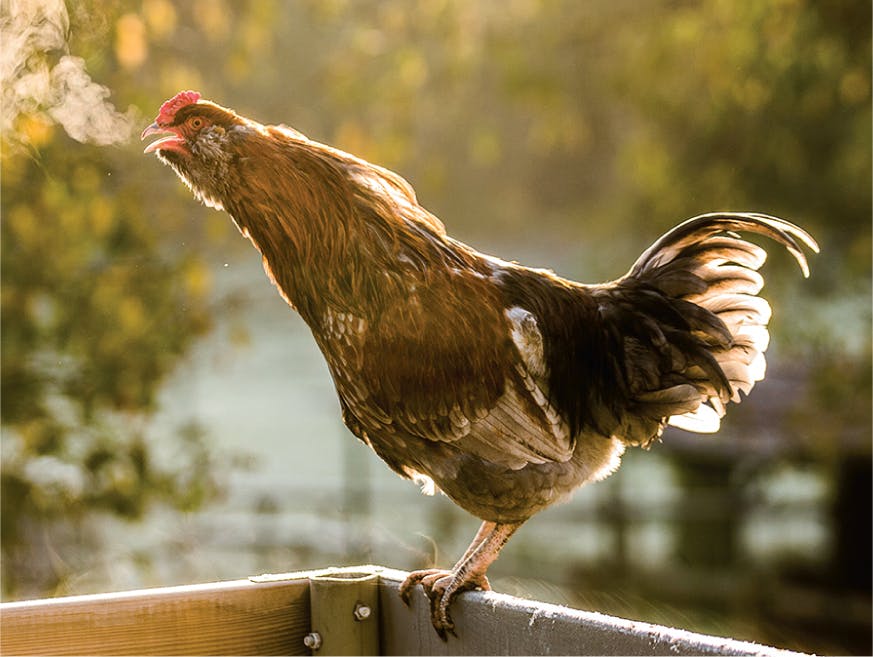
“The New Science Of Cause and Effect” by Judea Pearl & Dana Mackenzie
Does the rising sun cause the rooster to crow? Questions of causality can finally be answered, write Pearl and Mackenzie.Photo: istock.com/middelveld
We step up to the next level of casual queries when we begin to change the world. A typical question for this level is: “What will happen to our floss sales if we double the price of a toothpaste?” This already calls for a new kind of knowledge, absent from the data, which we find at rung two of the Ladder of Causation, intervention. Intervention ranks higher than association because it involves not just seeing but changing what is.
Why can’t we answer our floss question just by observation? Why not just go into our vast database of previous purchases and see what happened previously when toothpaste cost twice as much? The reason is that on the previous occasions, the price may have been higher for different reasons. For example, the product may have been in short supply, and every other store also had to rise its price. But now you are considering a deliberate intervention that will set a new price regardless of market conditions. But what data do you need? And then, how would you figure it out? Those are exactly the questions the science of casual inference allows us to answer.
A very direct way to predict the result of an intervention is to experiment with it under carefully controlled conditions. Big-data companies like Facebook know this and constantly perform experiments to see what happens if items on the screen are arranged differently or the customer gets a different promt (or even a different price).
More interesting and less widely known is that succesful predictions of the effects of interventions can sometimes be made even without an experiment. For example, the sales manager could develop a model of customer behavior that includes market conditions. Even if she doesn’t have data on every factor, she might have data on enough key surrogates to make the prediction. A sufficiently strong and accurate casual model can allow us to use rung-one (observational) data to answer rung two (interventional) queries. Without the casual model, we could not go from rung one to rung two. This is why deep-learning systems (as long as they use only rung-one data and do not have a casual model) will never be able to answe questions about interventions, which by definition break the rules of the environment the machine was trained on.
If we want to understand causation, we have to train the models of breaking the rules and establish the difference between merely observing an event and making it happen. “Whenever you make an event happen”, we tell the program, “remove all arrows that point to that event and continue the analysis by ordinary logic, as the arrows had never been there.” Thus, we erase all the arrows leading to the intervened variable (A). We also set that variable manually to its prescribed value (true). The rationale for this peculiar “surgery” is simple: making an event happen means that you emancipate it from all other influences and subject it to one and only one influence- that which enforces its happening.
Judea Pearl & Dana Mackenzie “The Book of Why” The New Science of Cause and Effect